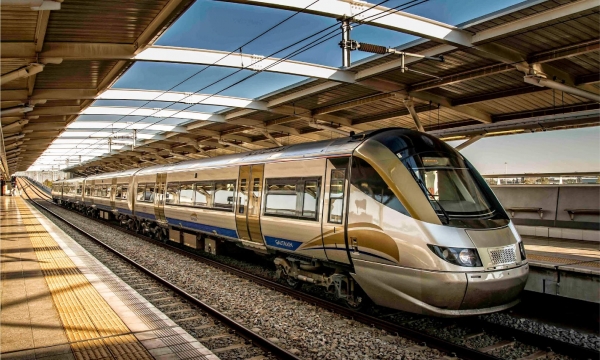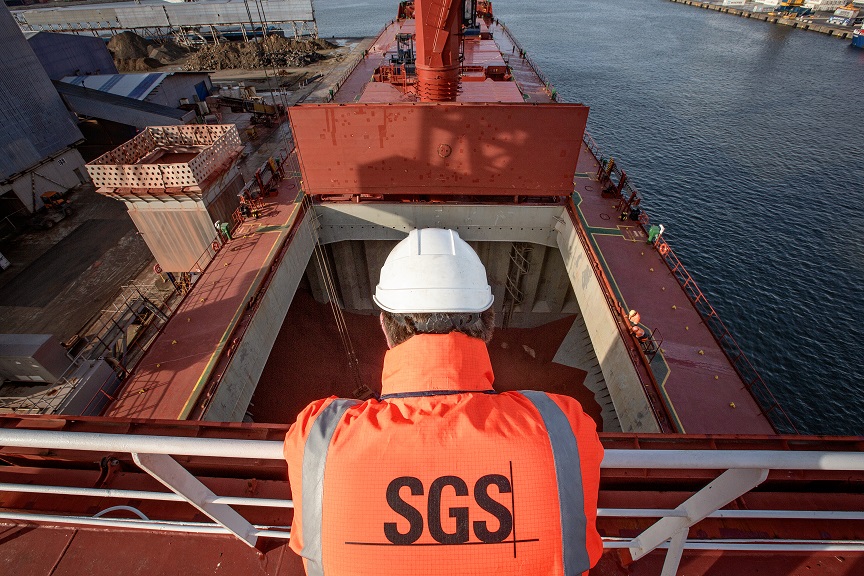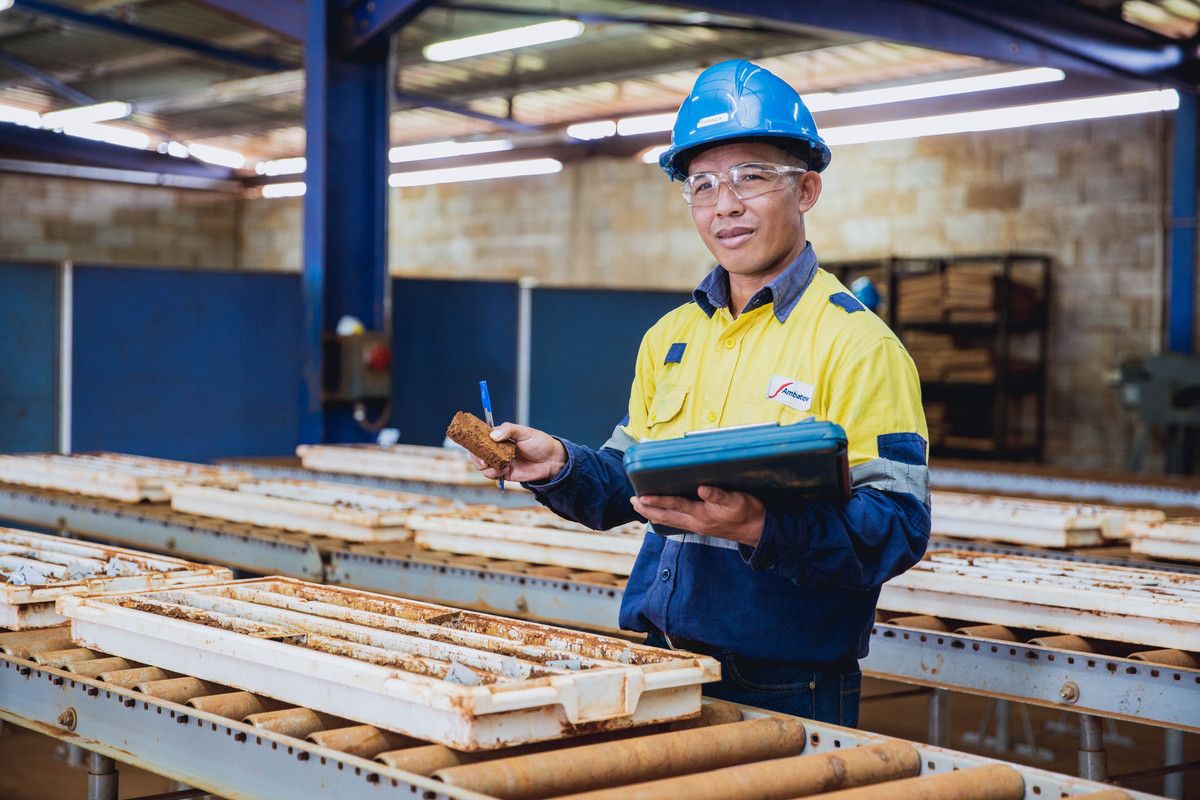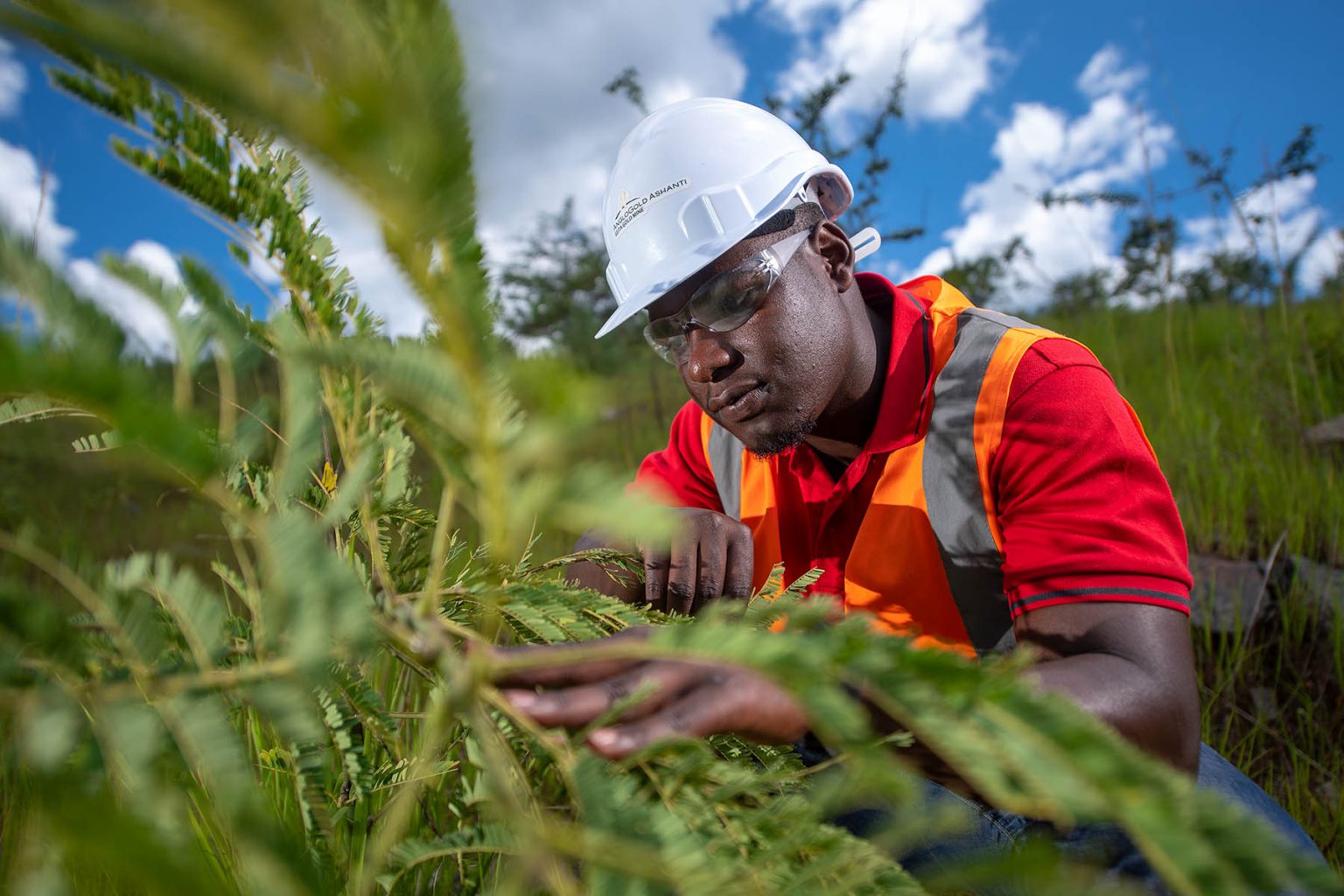
There is arguably no greater key to Africa’s fulfilling its potential than infrastructure. Estimates vary, but the infrastructure gap in South Africa between 2022 and 2030 has been estimated at close to $300 billion. Investments of this size would be considered large in any country, but at least South Africa has an example it can point to when making a case for the effectiveness of large investments in infrastructure: Gautrain Rapid Rail Link (Guatrain).
DOWNLOAD
 GAUTRAIN - BE -Africa -2023_0.pdf
GAUTRAIN - BE -Africa -2023_0.pdf








